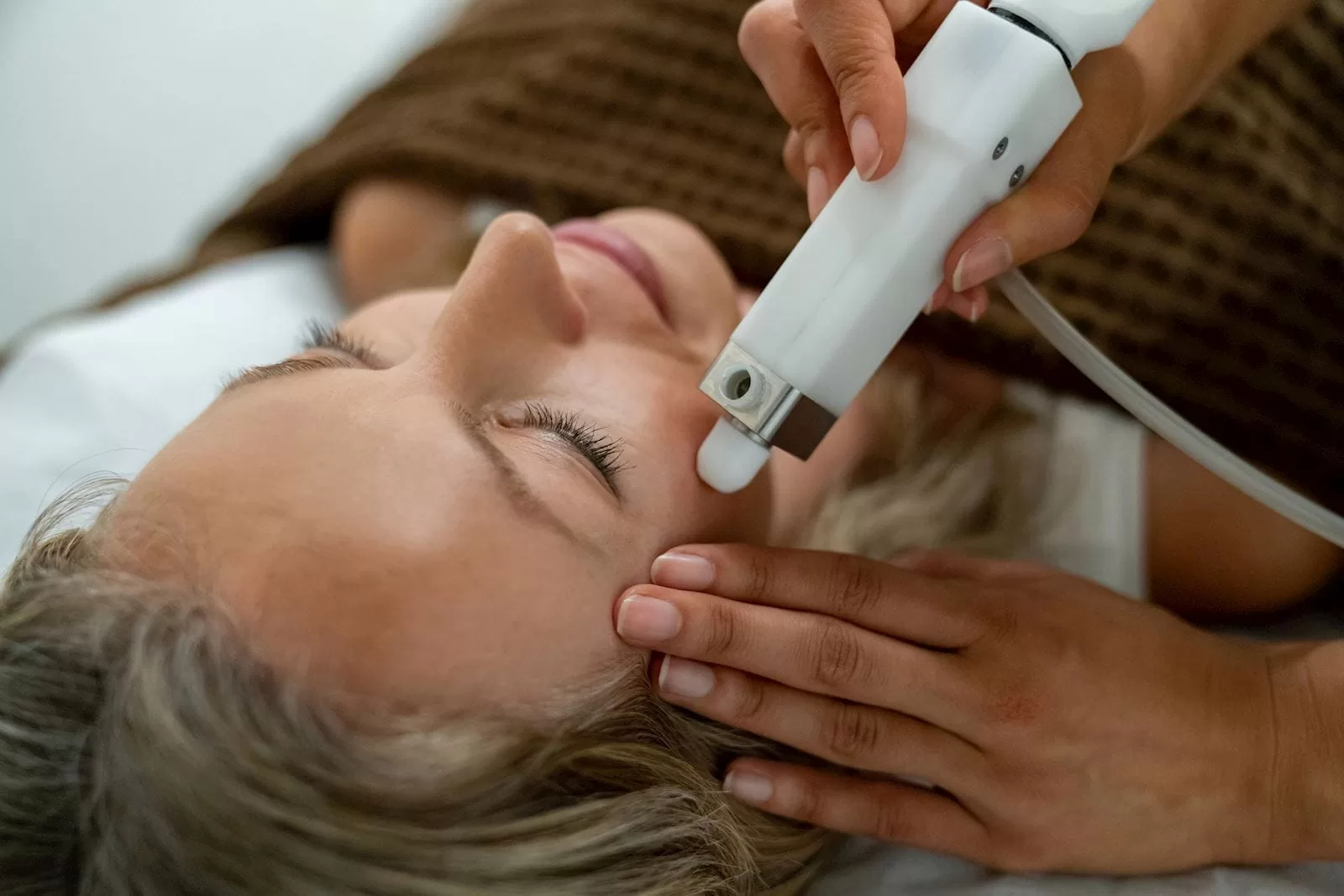Melanoma, a dangerous form of skin cancer responsible for about 75% of skin cancer deaths, often goes undetected or is diagnosed at later stages in individuals with darker skin tones. A recent Mayo Clinic study has highlighted the serious impact of delayed detection on outcomes in these groups, underscoring the need for awareness and proactive skin checks.
Why Melanoma Is a Hidden Danger for Darker Skin Tones
Although melanoma is less common among people with darker complexions, it can still be aggressive and life-threatening. The recent study reviewed data from nearly half a million melanoma patients and found that melanoma cases in individuals with darker skin tones, particularly Black men, were more frequently diagnosed at advanced stages, leading to poorer outcomes.
Dr. Tina Hieken, a surgical oncologist and lead author of the study, observed notable differences in how melanoma presented across skin tones. “Black patients were more likely to have extremity melanoma (cancer on arms, legs, hands, and feet) and later-stage disease at diagnosis compared to white patients,” Dr. Hieken explains.
The study suggests that both biological and social factors may contribute to these disparities, and more research is required to fully understand the underlying causes.
Hidden Dangers in Popular Skincare Trends: What You Need to Know

How Sex and Age Impact Melanoma in Darker Skin
The Mayo Clinic study also found significant differences in melanoma outcomes based on sex within the Black population. Black men tended to be older at diagnosis and often had more advanced-stage melanoma (spread to lymph nodes) than Black women, who showed better survival rates.
Dr. Hieken emphasized the need for further investigation into how race, sex, and age may influence melanoma progression and outcomes. This is the first large-scale study to confirm these sex-based disparities, shedding light on survival rates within Black melanoma patients.
Closing the Knowledge Gap in Melanoma Research
The study underscores the need for greater representation of Black individuals and other underrepresented groups in melanoma research. Inclusive clinical trials are essential for understanding melanoma across all populations, ultimately leading to more targeted and effective treatments.
“Our goal is to expand and deepen our understanding of melanoma across diverse patient populations,” explains Dr. Hieken, who is grateful to the Mayo Clinic Robert D. and Patricia E. Kern Center for the Science of Health Care Delivery for supporting this vital research. “With a multidisciplinary approach, we aim to address the gaps in patient care and outcomes for melanoma patients.”
Can Lasers to Remove Facial and Throat Wrinkles Be Safe for Brown Skin?

Understanding Laser Technology for Brown Skin Laser treatments for wrinkle removal are becoming increasingly popular, but many people with brown skin have concerns about the safety of these procedures due to the risk of hyperpigmentation. Darker skin tones react differently to laser treatments, and selecting the right type of laser is critical for achieving safe,…
A Call to Action for Melanoma Awareness in Darker Skin Tones
This study serves as a wake-up call for healthcare providers and patients alike. Regular, thorough skin examinations are critical, including areas that may be more challenging to inspect on darker skin, such as the palms, soles, and nail beds, where melanoma can often go unnoticed.
“We should integrate skin lesion and nail bed checks into routine patient visits to ensure early detection,” says Dr. Hieken. “Elevating awareness and quality of care for all patients, regardless of skin tone, is our priority.”
Glowing and Gorgeous: A Skincare Guide for Melanin-Rich Skin

Melanin is what gives your skin its beautiful richness, but it can also come with unique challenges. Dryness, hyperpigmentation, and irritation are all more common with melanin-rich skin. But fear not! With the right approach, you can achieve a radiant, healthy complexion that celebrates your melanin magic. This guide will unveil the secrets to a…
FAQ on Melanoma in Darker Skin Tones
Q1: Is melanoma common in individuals with darker skin tones?
A: Melanoma is less common in individuals with darker skin tones compared to those with lighter skin. However, when it does occur, it can often go undetected until a later stage, leading to poorer outcomes. Regular skin checks are important for everyone, regardless of skin tone, to ensure early detection.
Q2: Why is melanoma often diagnosed later in people with darker skin?
A: Melanoma is sometimes diagnosed later in people with darker skin tones because it can develop in less visible areas, like the palms, soles, and nail beds, where people may not routinely check for skin changes. There’s also a lack of awareness that melanoma can affect all skin types, contributing to delayed detection.
Q3: What are some common melanoma warning signs on darker skin?
A: Warning signs include dark spots or patches on the skin that change in size, color, or texture; sores that do not heal; and dark lines under the nails. It’s essential to watch for any skin changes, even on areas not exposed to the sun.
Q4: Are certain groups within darker-skinned populations more at risk for melanoma?
A: Yes, studies suggest that Black men, especially older men, are often diagnosed with melanoma at more advanced stages compared to Black women. This may be due to several factors, including differences in how melanoma develops and the likelihood of seeking earlier detection.
Q5: What can be done to improve early detection of melanoma in darker skin tones?
A: Increasing awareness of melanoma risks in people with darker skin and encouraging regular skin checks, including less visible areas like palms, soles, and nail beds, can improve early detection. Healthcare providers can also make it a routine to check these areas during physical exams.
Q6: Does sun exposure still affect melanoma risk for individuals with darker skin tones?
A: While people with darker skin have more natural protection against UV rays, sun exposure can still contribute to melanoma and other forms of skin cancer. Using sunscreen and wearing protective clothing are good practices for everyone.
Q7: Where can I find more information and resources on melanoma?
A: For additional guidance, consult resources like the American Cancer Society, The Skin Cancer Foundation, the Melanoma Research Foundation, and the Mayo Clinic. These organizations offer support, information, and guidance on melanoma prevention and treatment.
Resources for Melanoma Awareness and Support
For more information on melanoma and skin cancer awareness, consult these trusted resources:
Take proactive steps to protect your skin and understand melanoma risks across all skin tones. Find additional articles and resources at Where and How Resources.
